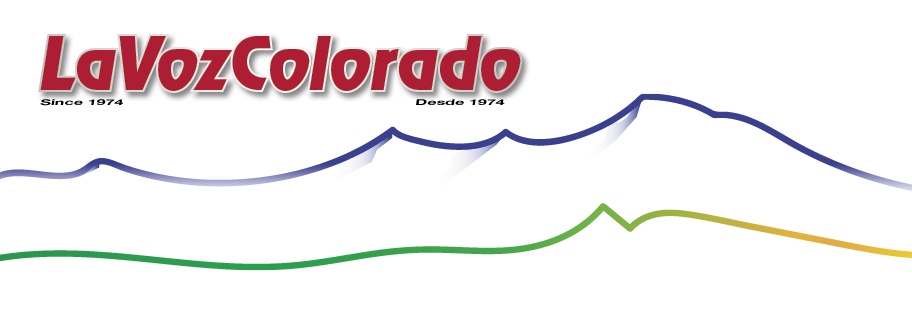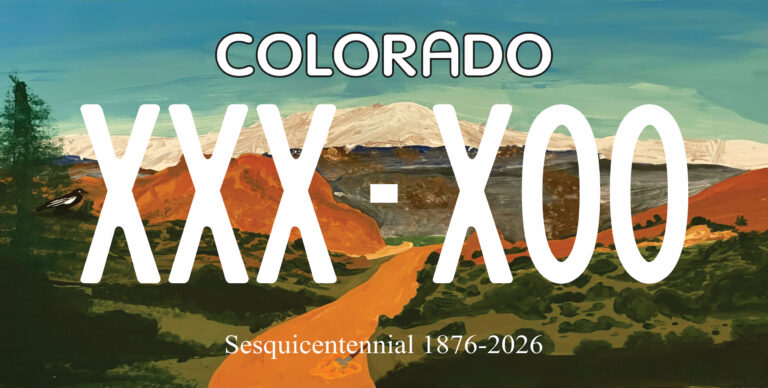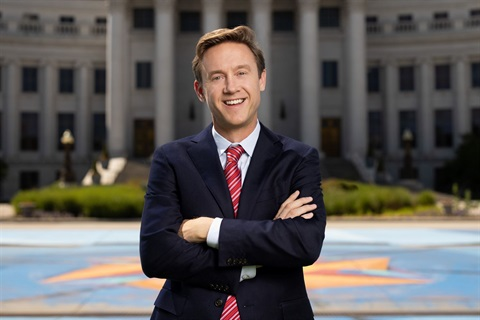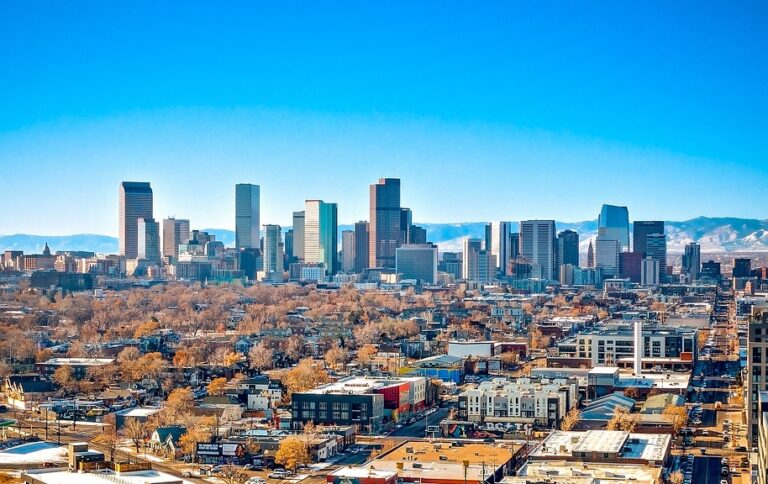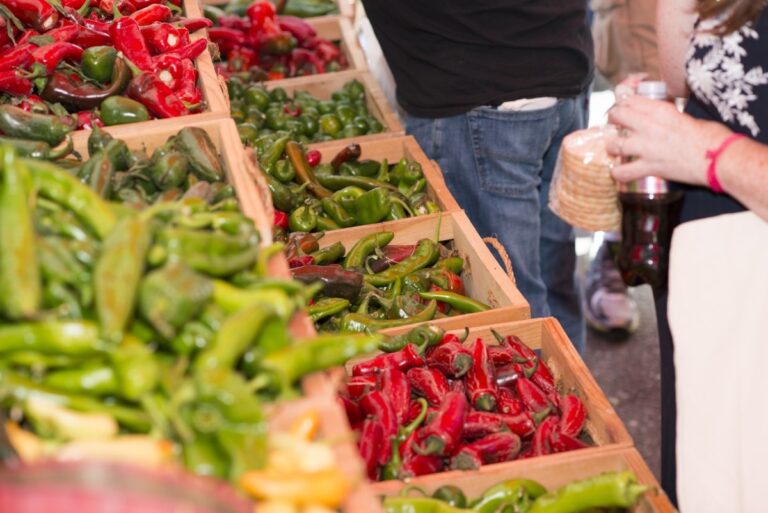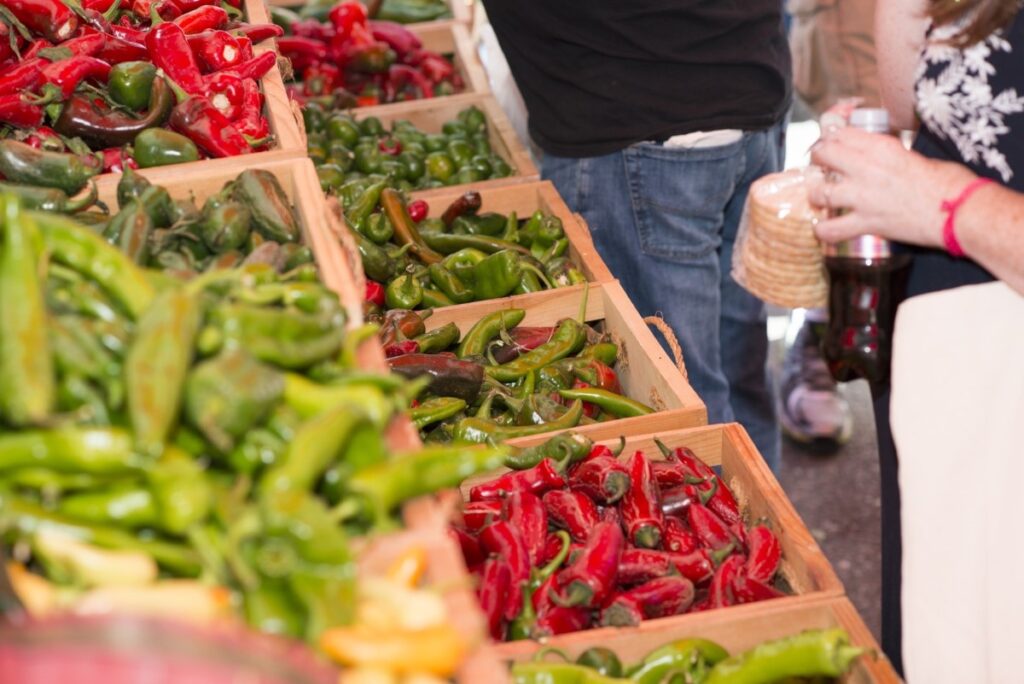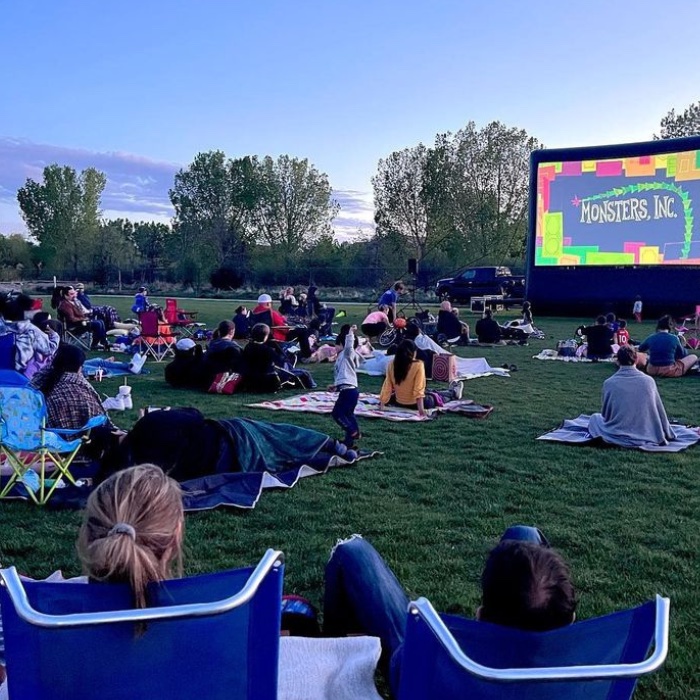The Colorado Division of Motor Vehicles (DMV) proudly announces that one of the state’s 150th anniversary license plates has set an unprecedented record as the fastest-selling license plate in state history. .
In a tribute to the history and spirit of Colorado, residents have been quick to display the “Pikes Peak or Bust” plate on their vehicles, with more than 5,700 plates ordered in the first two months of availabil- ity, surpassing the previous biggest sale, the Broncos Charities. which took four months to reach comparable sales.
“Colorado’s 150th birthday is an exciting time to celebrate and take pride in our state. Both 150th anniversary license plate designs showcase unique parts of Colorado, so it’s no surprise to me that many people choose one for their vehicles,” said Governor Polis.
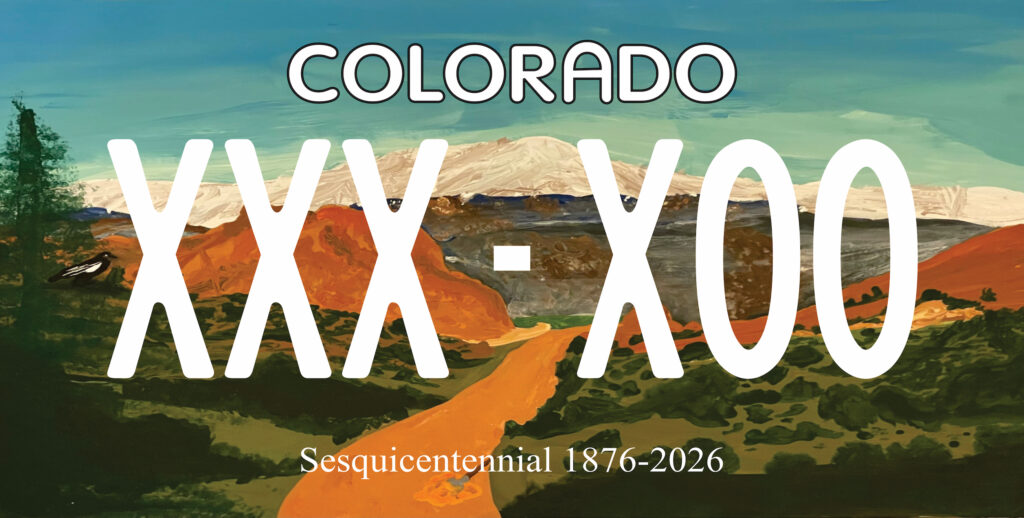
“Congratulations to Calista and Evan on the success of their license plate designs and I look forward to seeing more of them on the roads!”
The plaque, which went on sale in August of this year, is based on the winning design from the under-13 division of the Colorado Historical Contest by Calista Blaschke of Denver. The plate design includes Pikes Peak, the state bird (lark), and the state tree (blue spruce).
“I was very excited to learn that my design is the fastest-selling license plate in Colorado history,” Calista said. “I never expected to win the Colorado Historical Contest, much less design a license plate that so many people like to put on their cars. “I’m proud that my art is a part of Colorado history.”
Additionally, the 13+ division’s winning plate, designed by Evan Griesheimer of Denver, is also experiencing strong sales, with more than 3,000 plates ordered through the end of September. According to Griesheimer, the license plate design was inspired by the simplicity and colors of the Colorado state flag, the Rocky Mountains, and the state’s rich mining history.
Earlier this year, the DMV released four retro plate designs, and while the black, digitally printed passenger plate has grown in popularity to become the most popular Colorado specialty plate to date, unprece- dented demand for 150th anniversary license plates suggests they could soon become the state’s new favorite options for celebrating its storied past.
“The overwhelming demand for this specialty license plate shows the pride Coloradans have in their state’s enduring legacy,” said DMV Senior Director Electra Bustle. “The DMV is committed to providing Coloradans with a vehicle to express their interests through their personalized selection of license plates.”
Coloradans interested in viewing all available license plate designs should visit DMV.Colorado.gov/License-Plates (for Spanish, use the automatic translator in the upper right corner of the website). Residents can purchase plates online at myDMV.Colorado.gov or at a county-operated motor vehicle office. Plates cost $8.06 per pair, plus local fees.
SOURCE: COLORADO DEPARTMENT OF REVENUE
